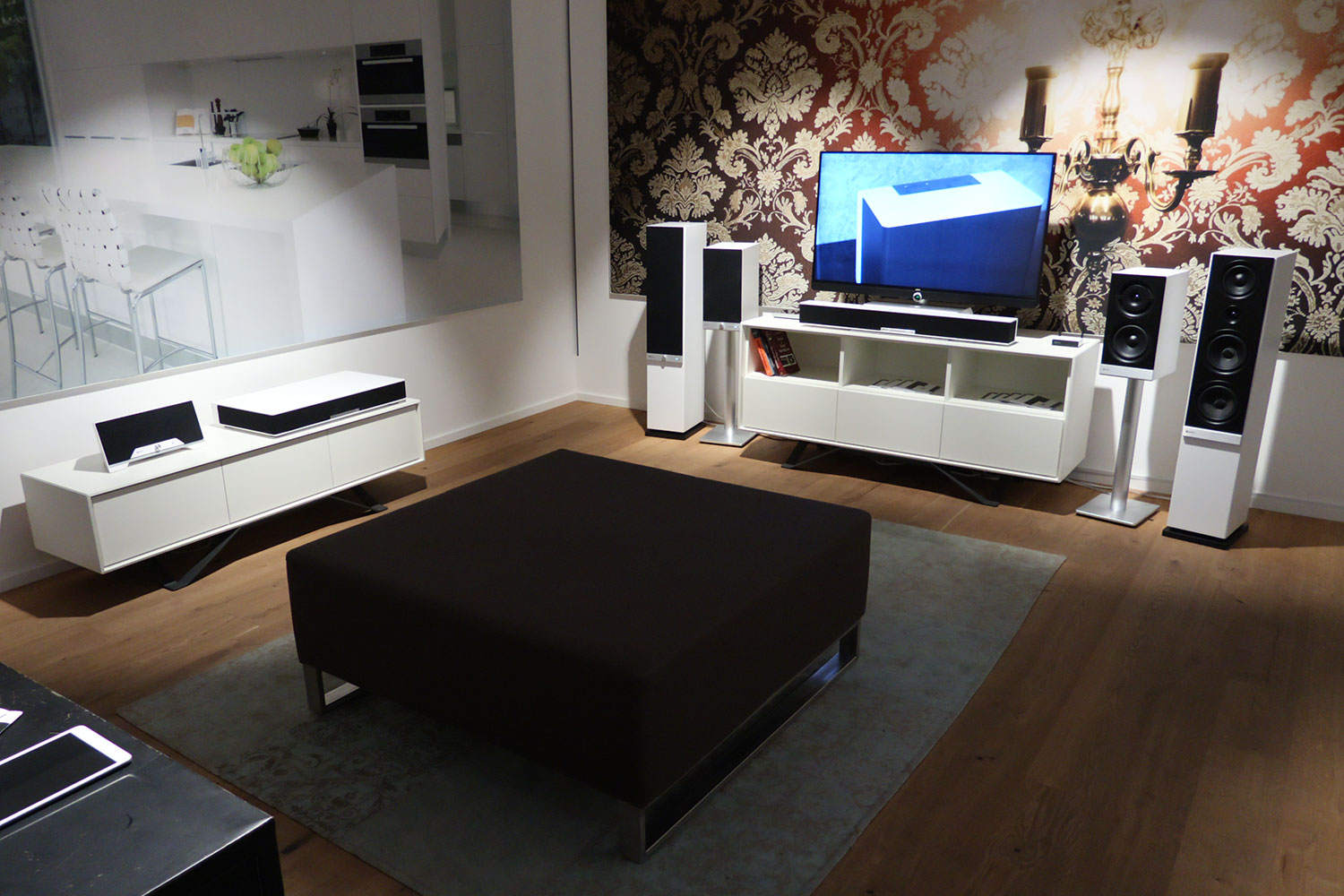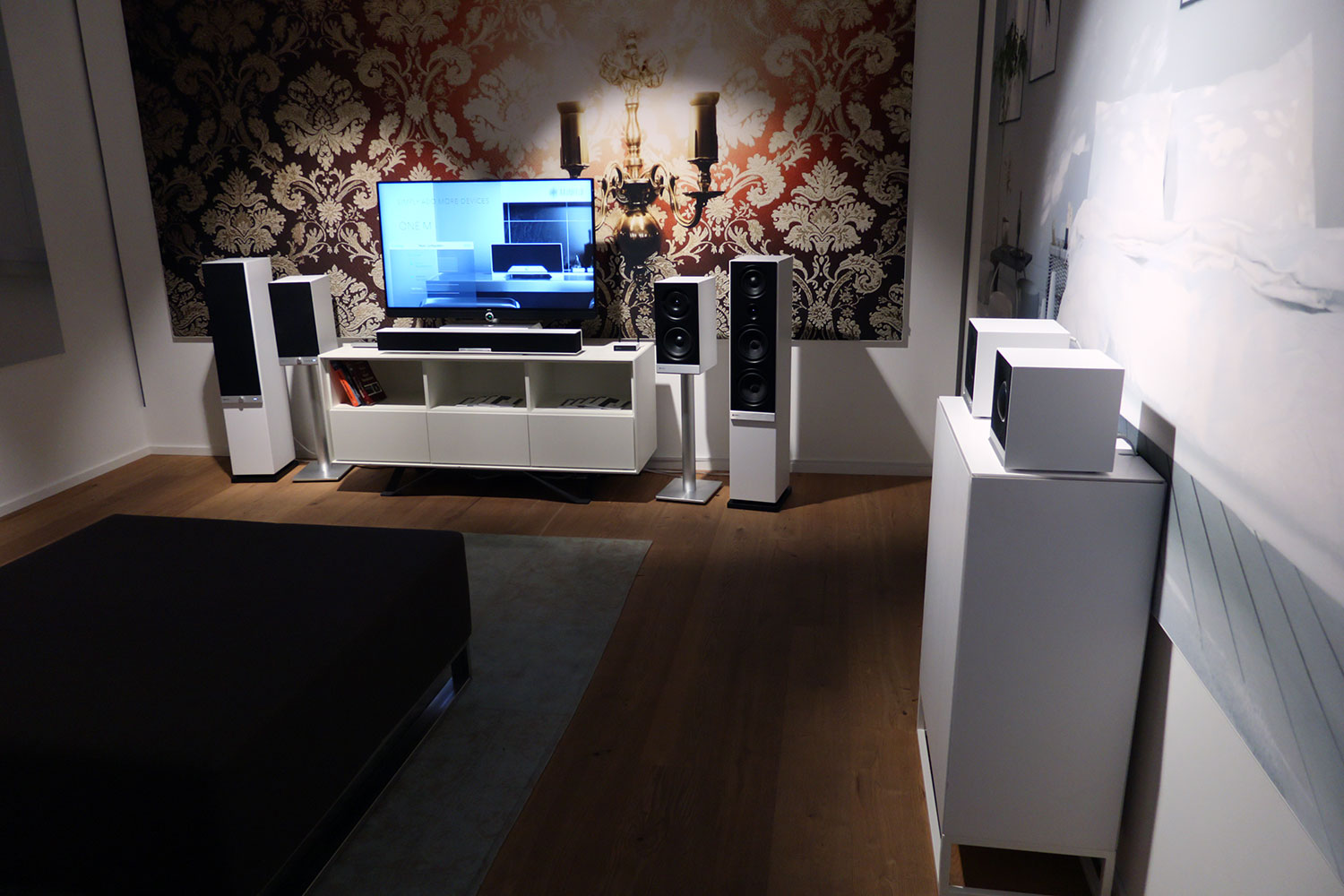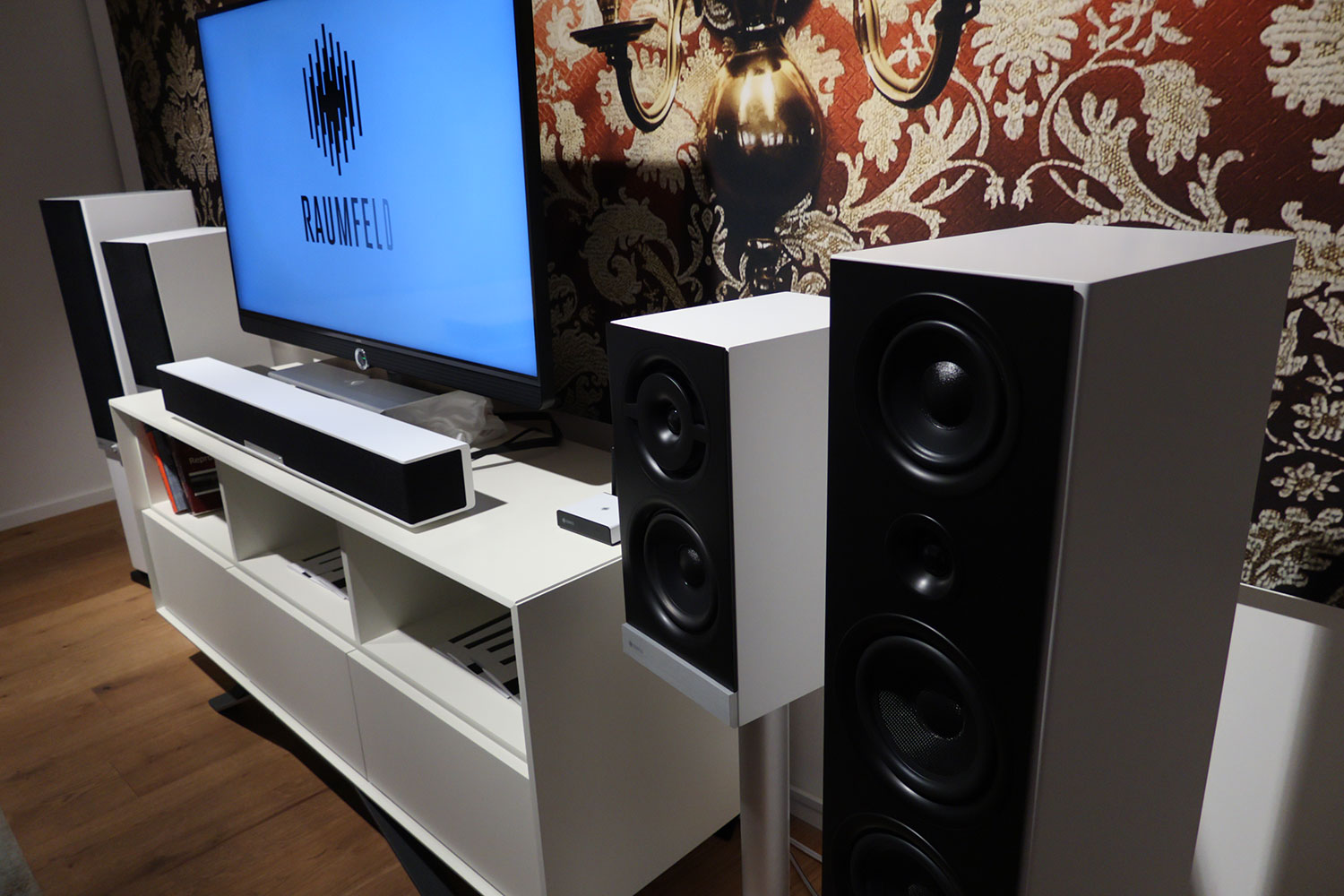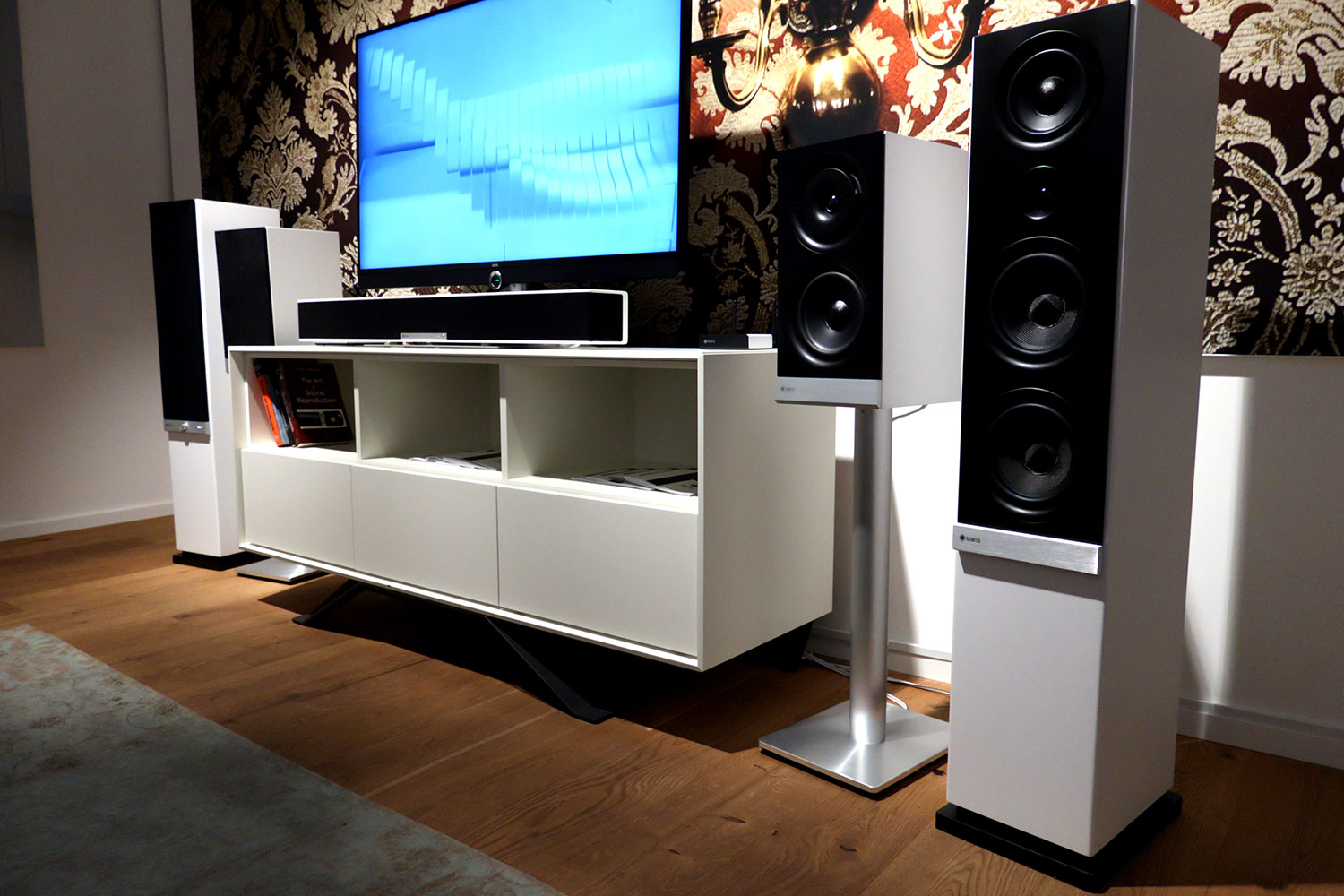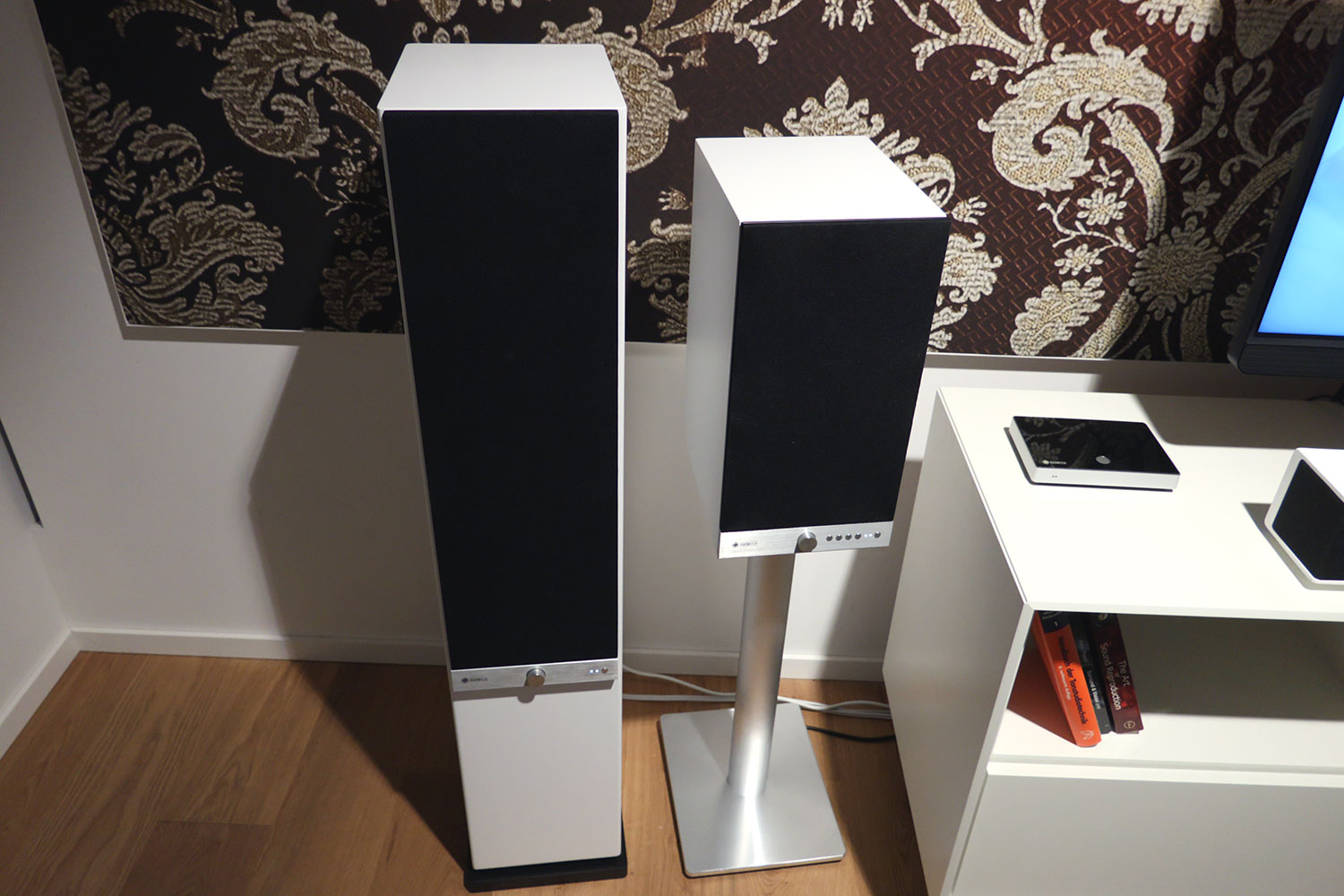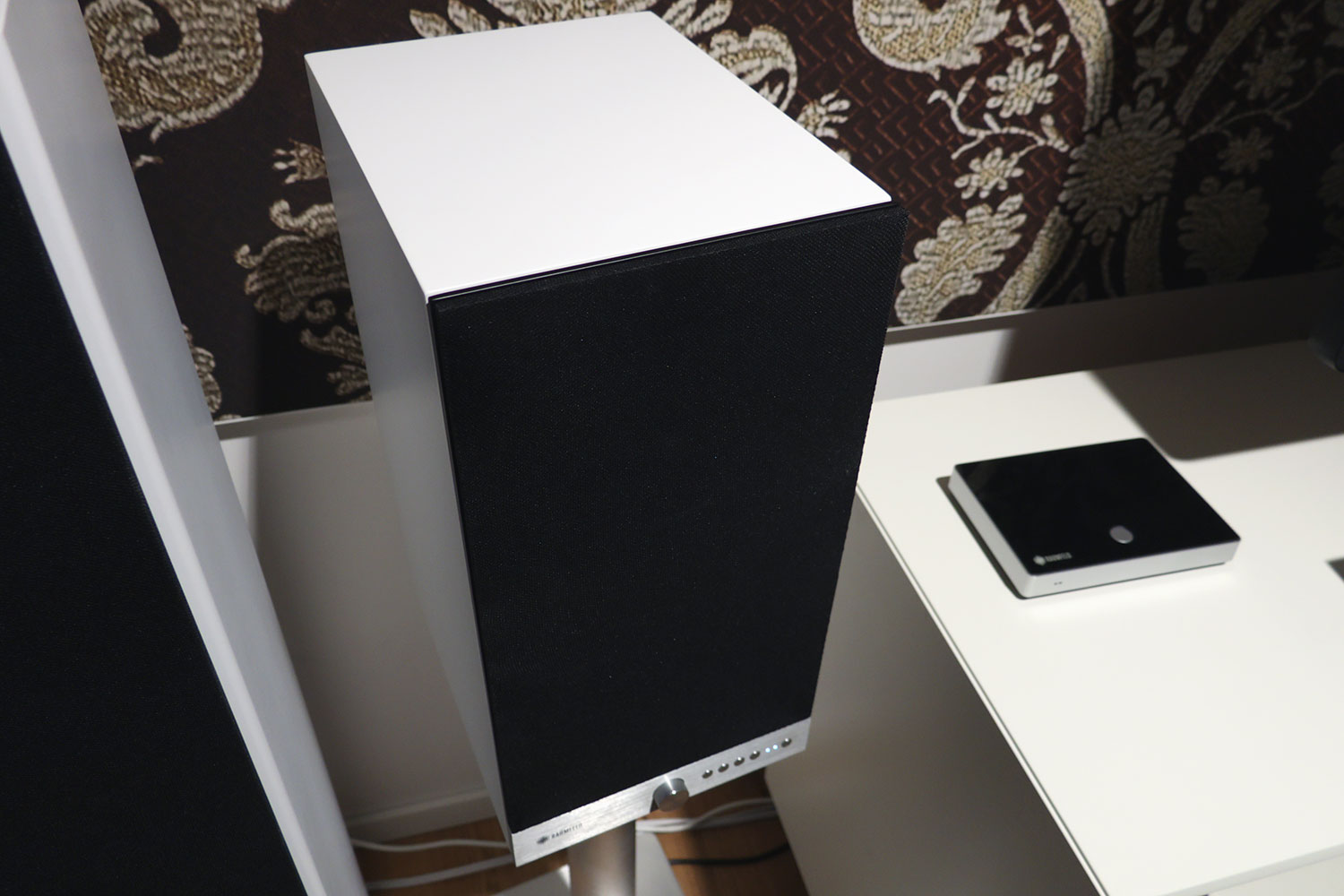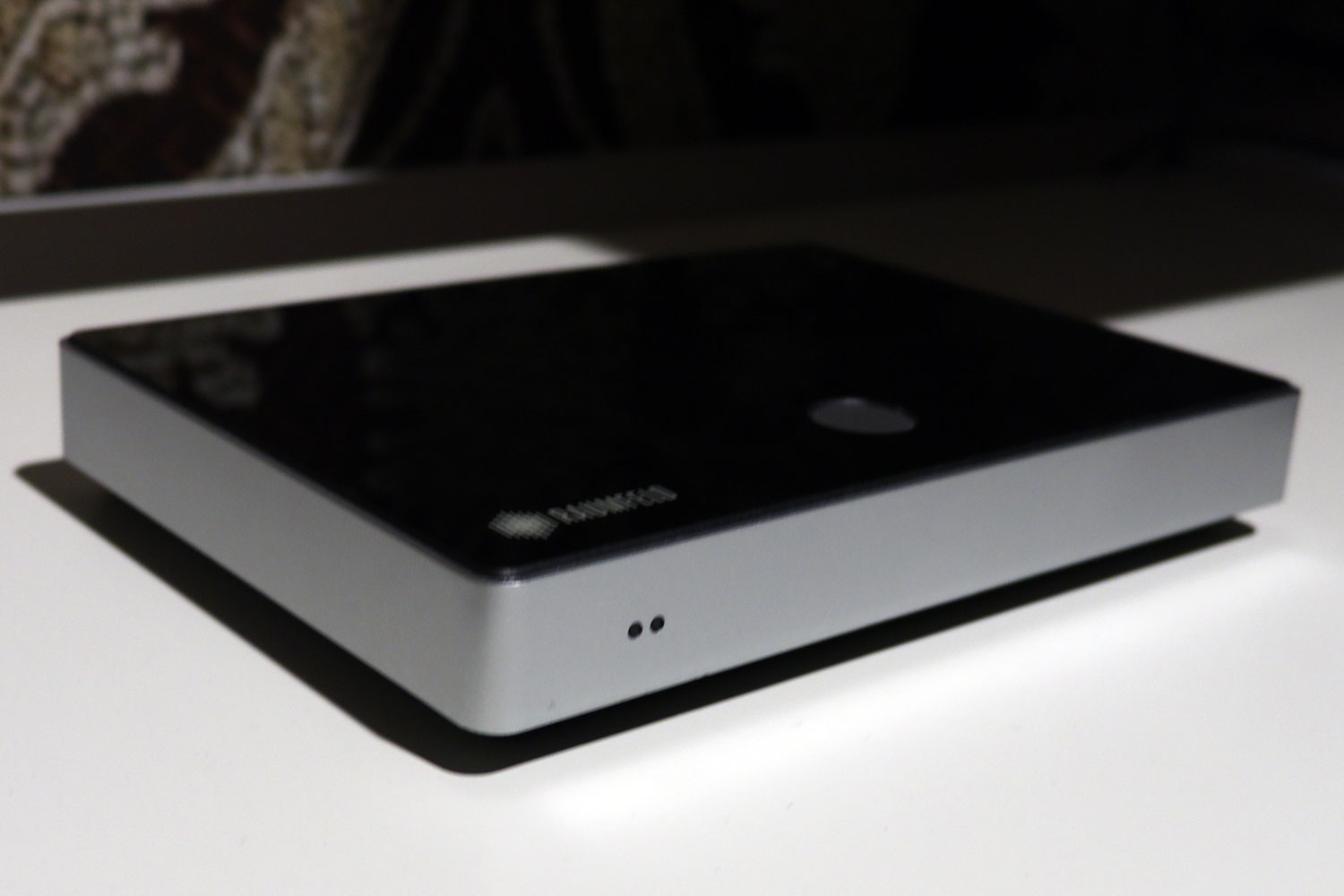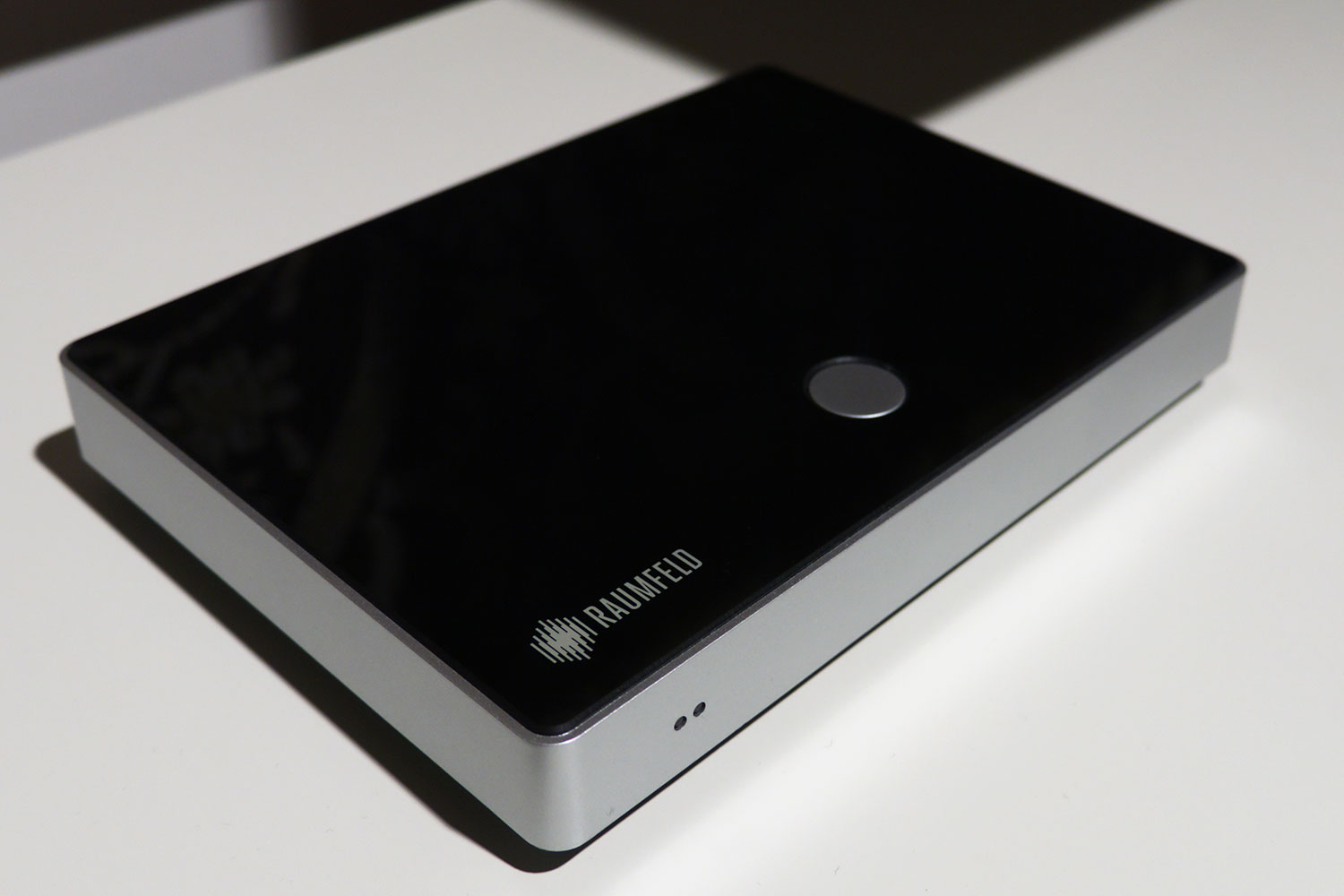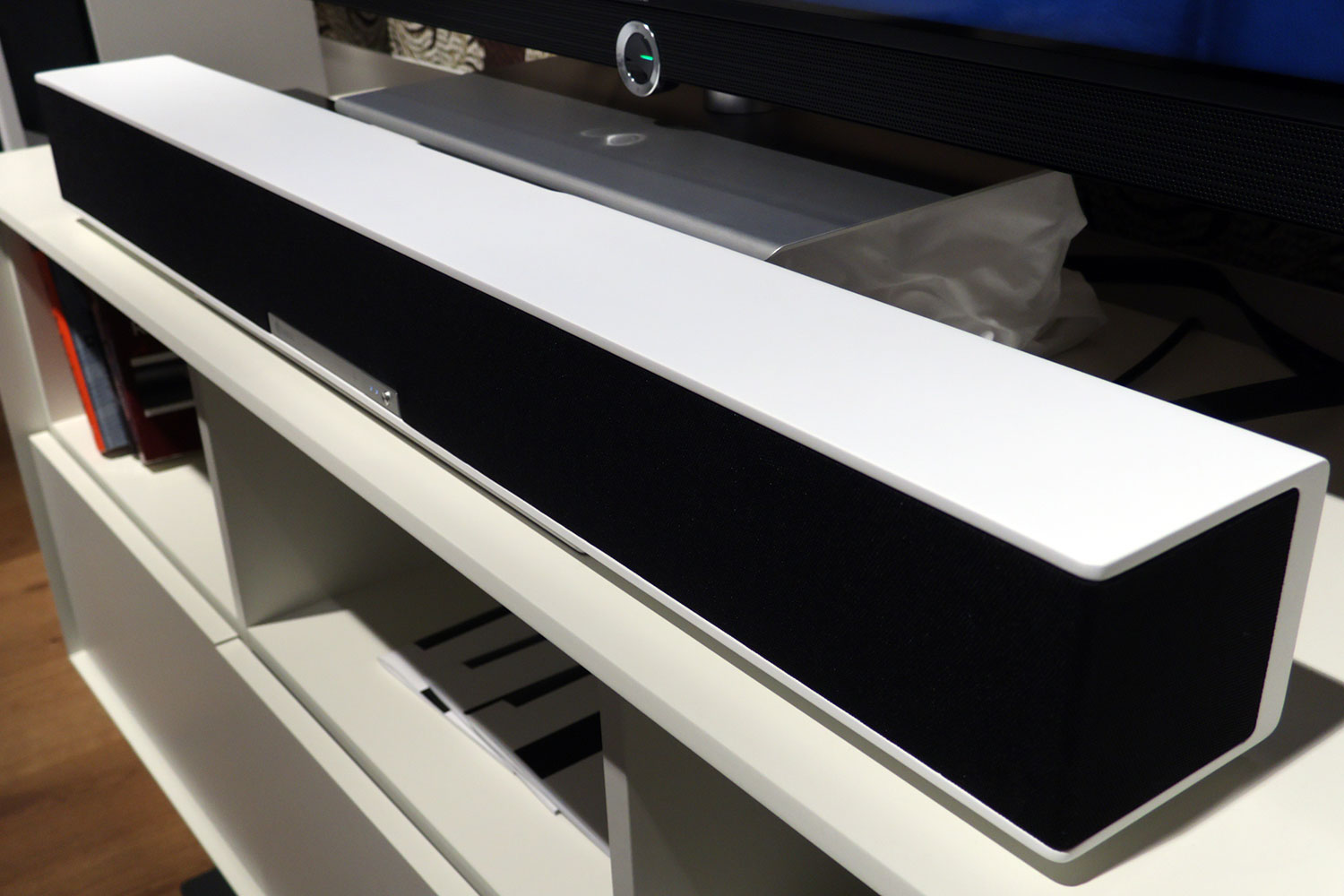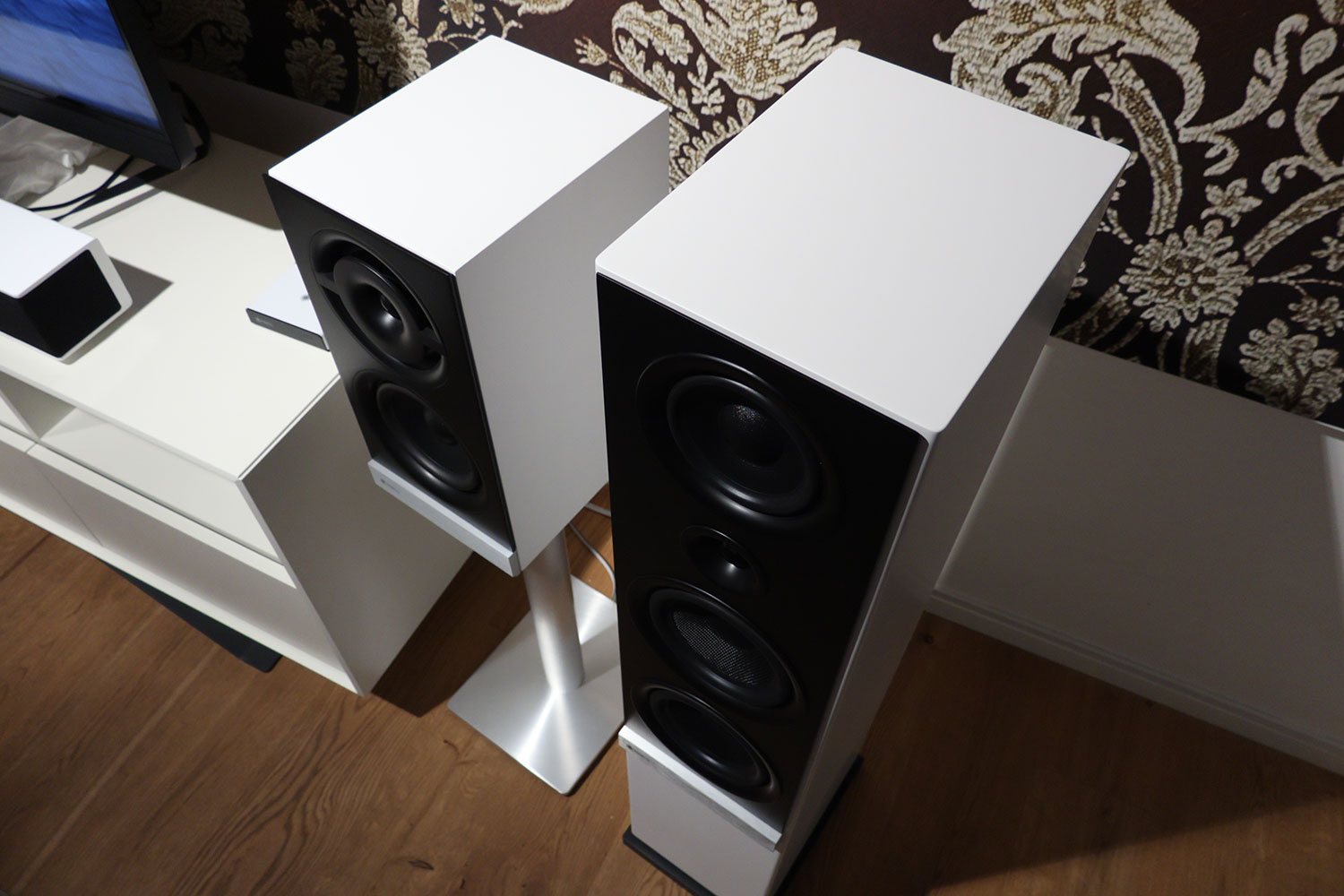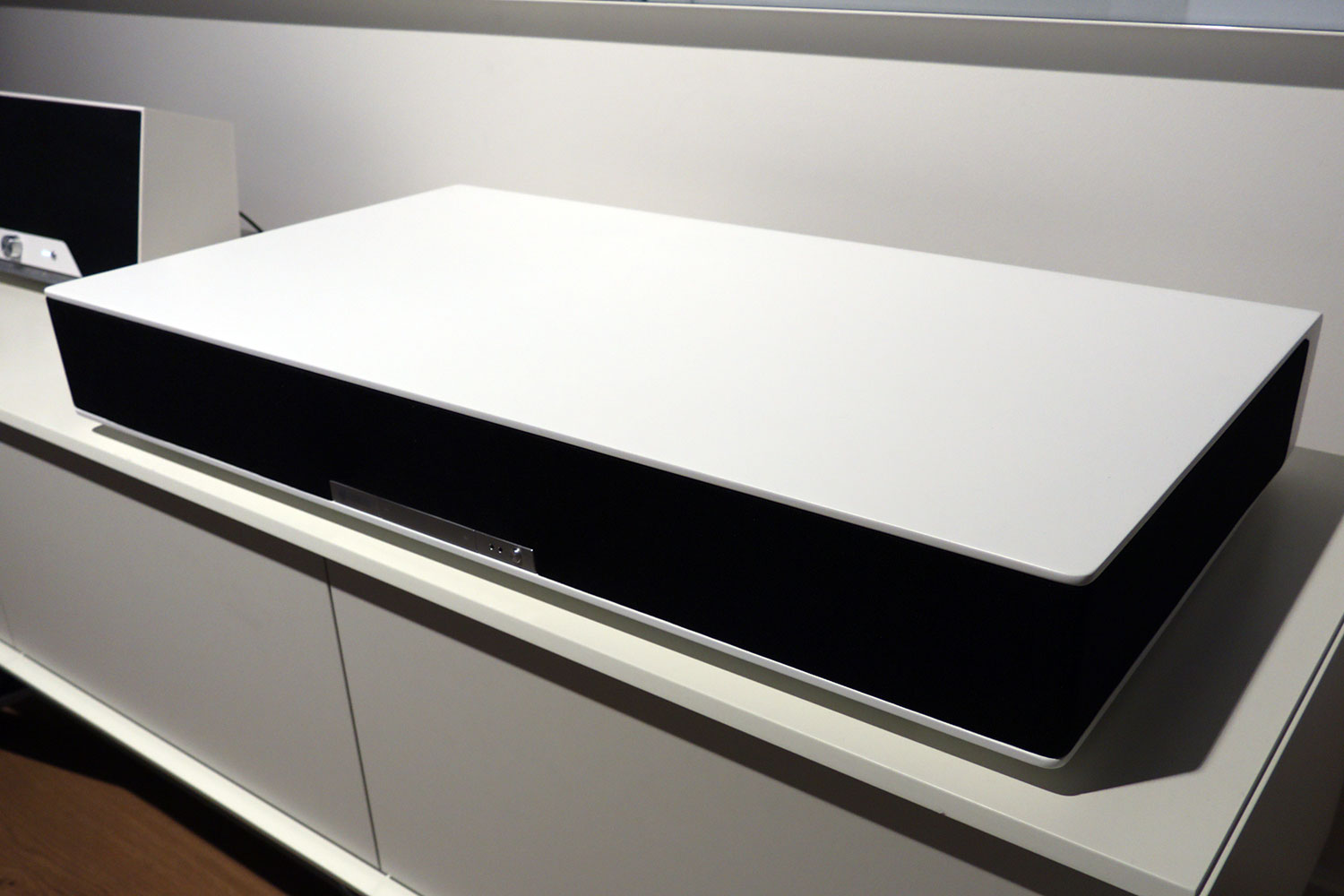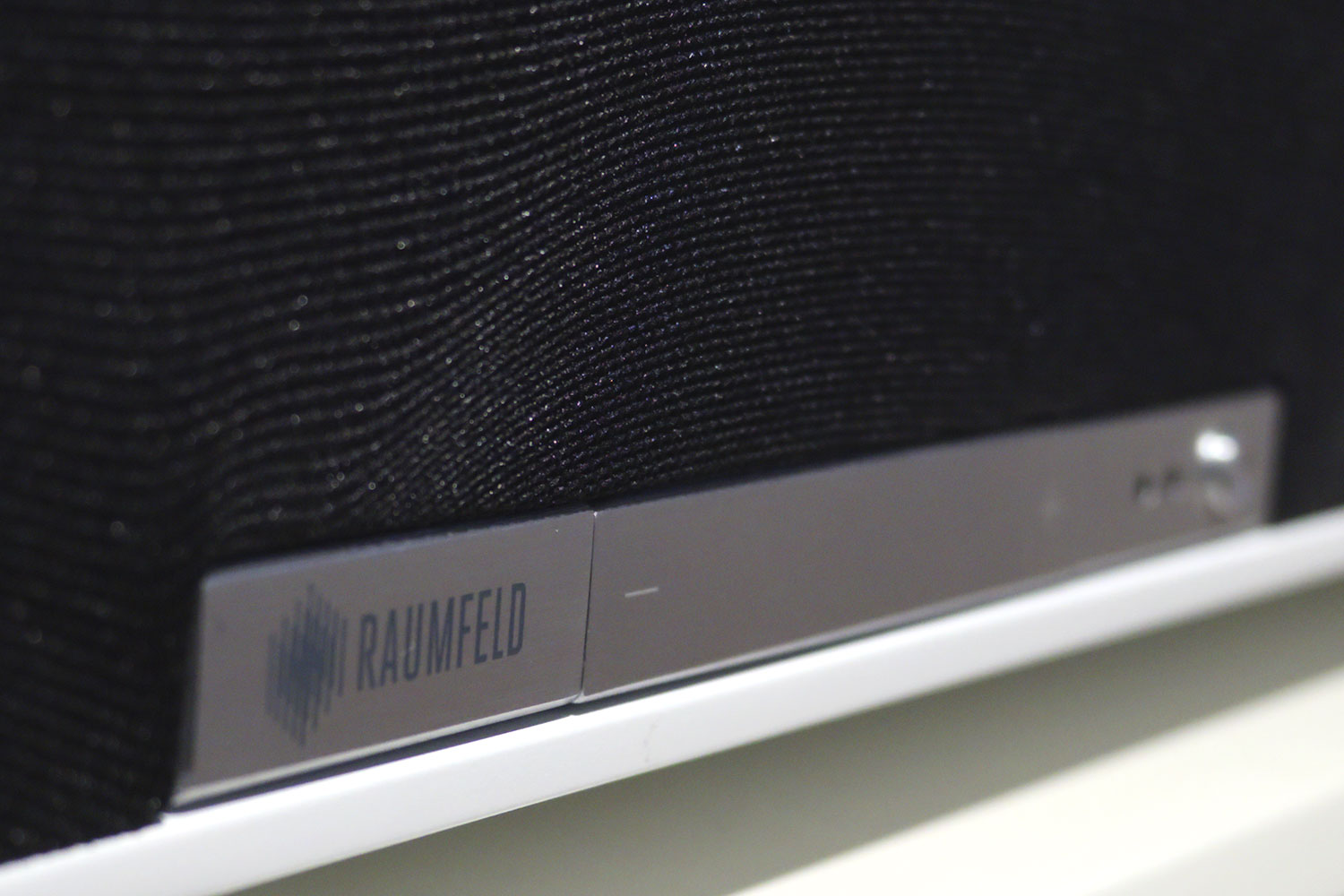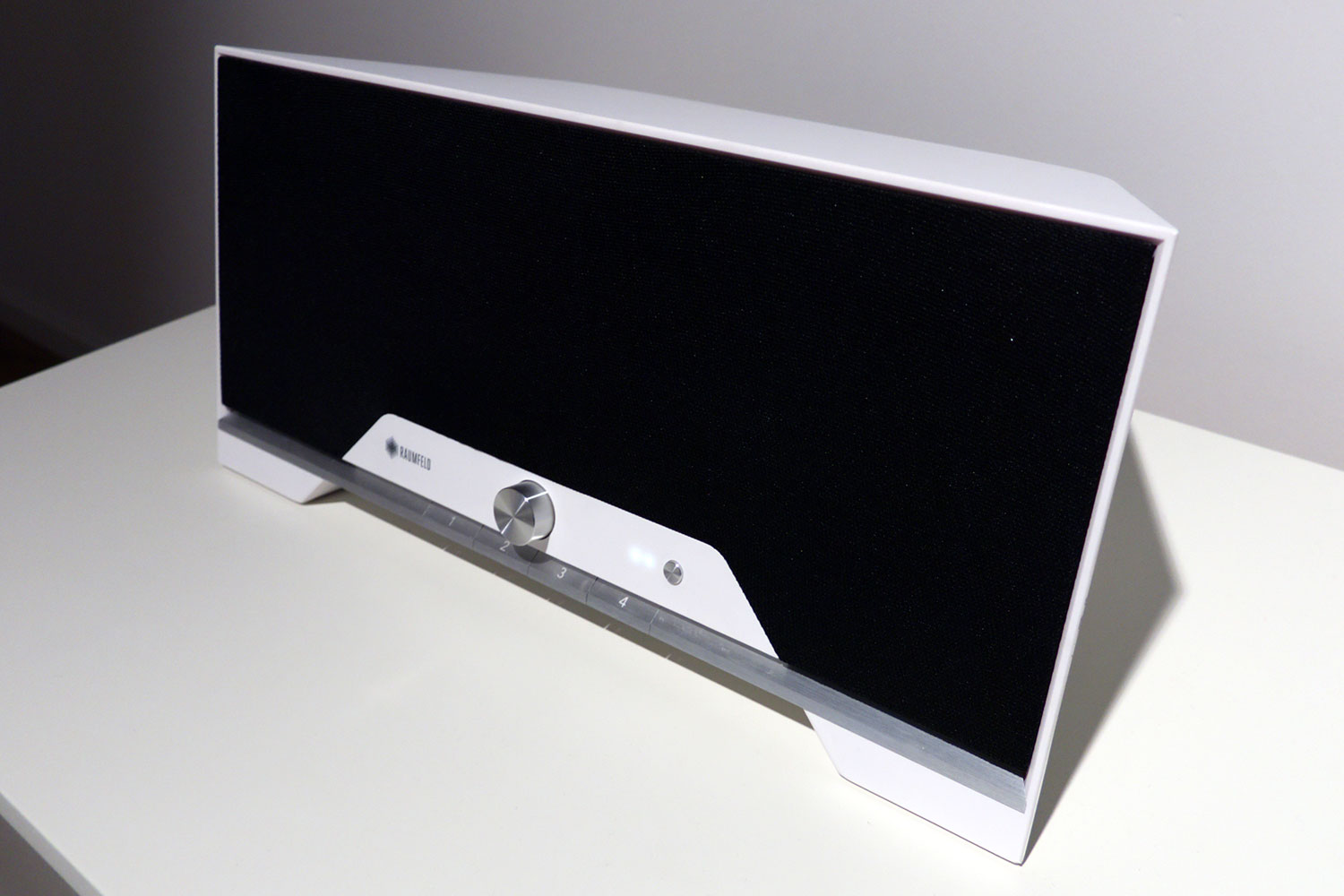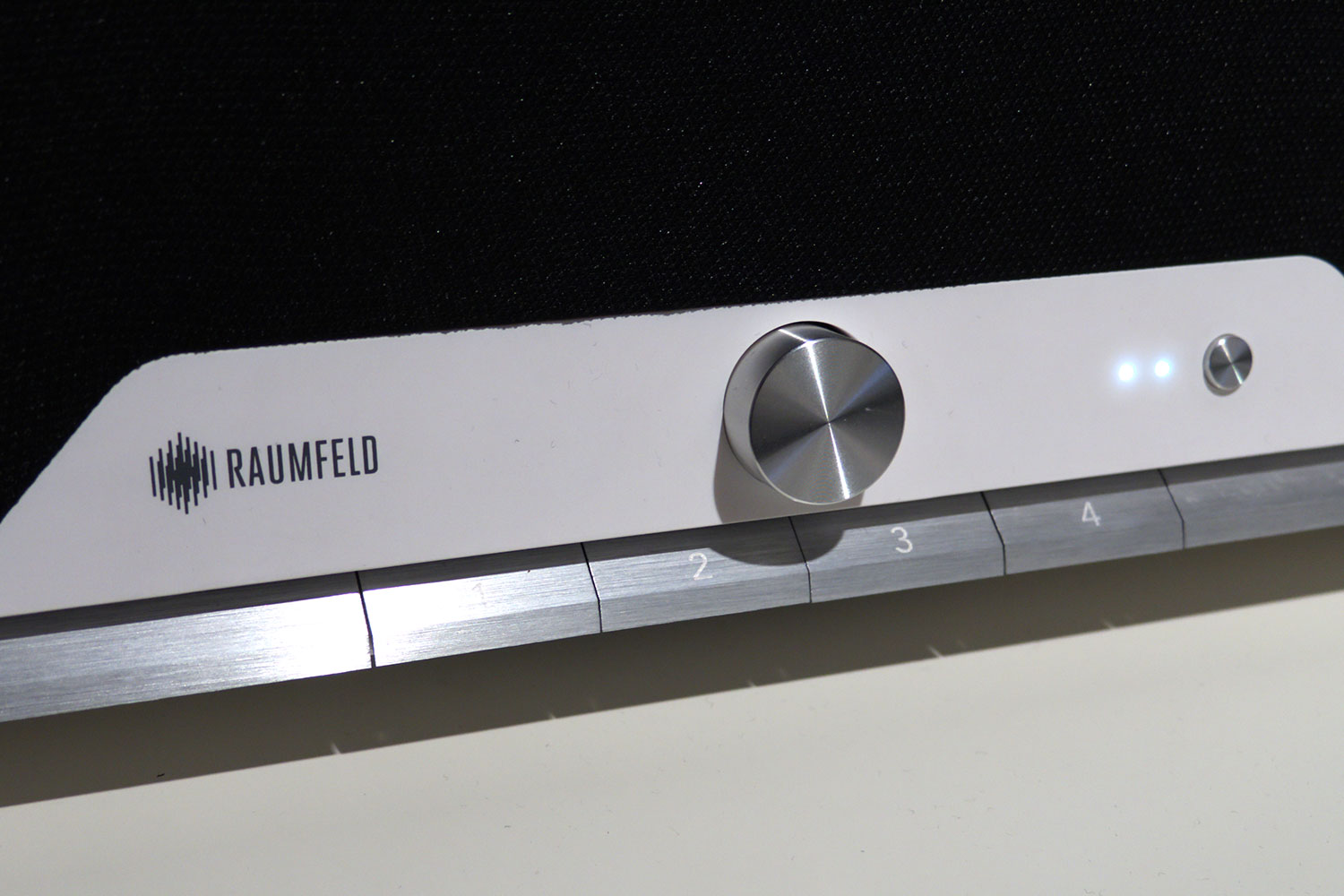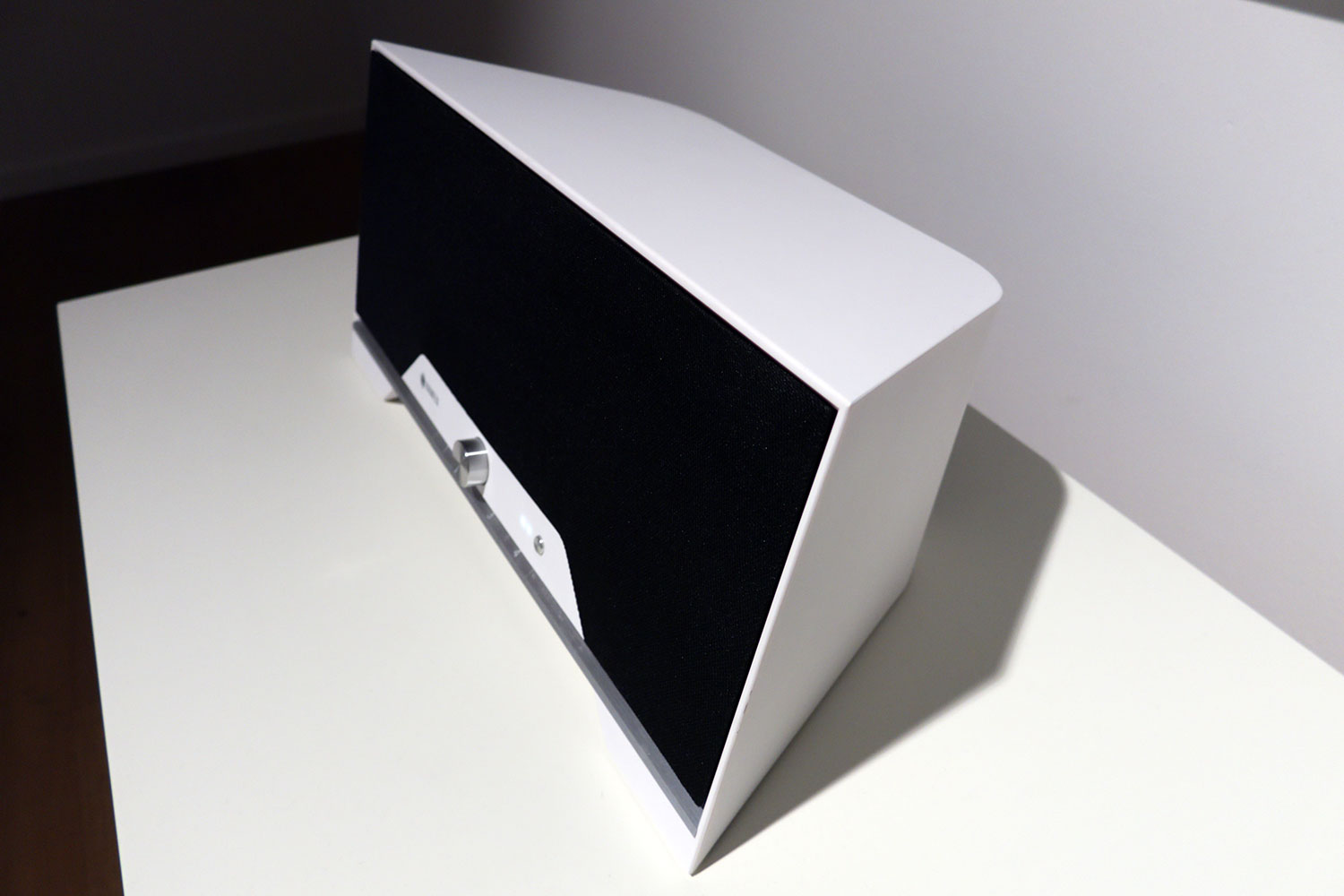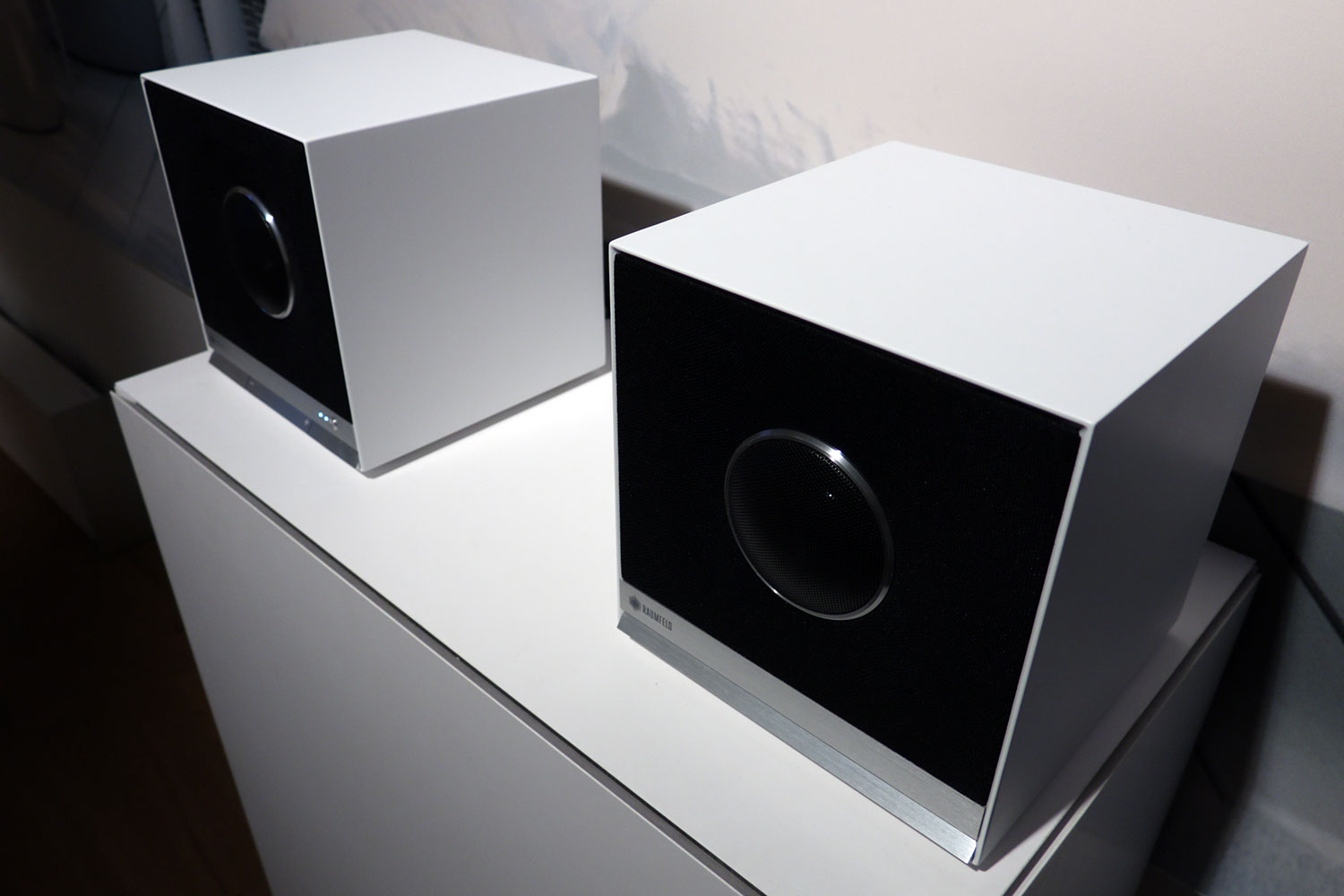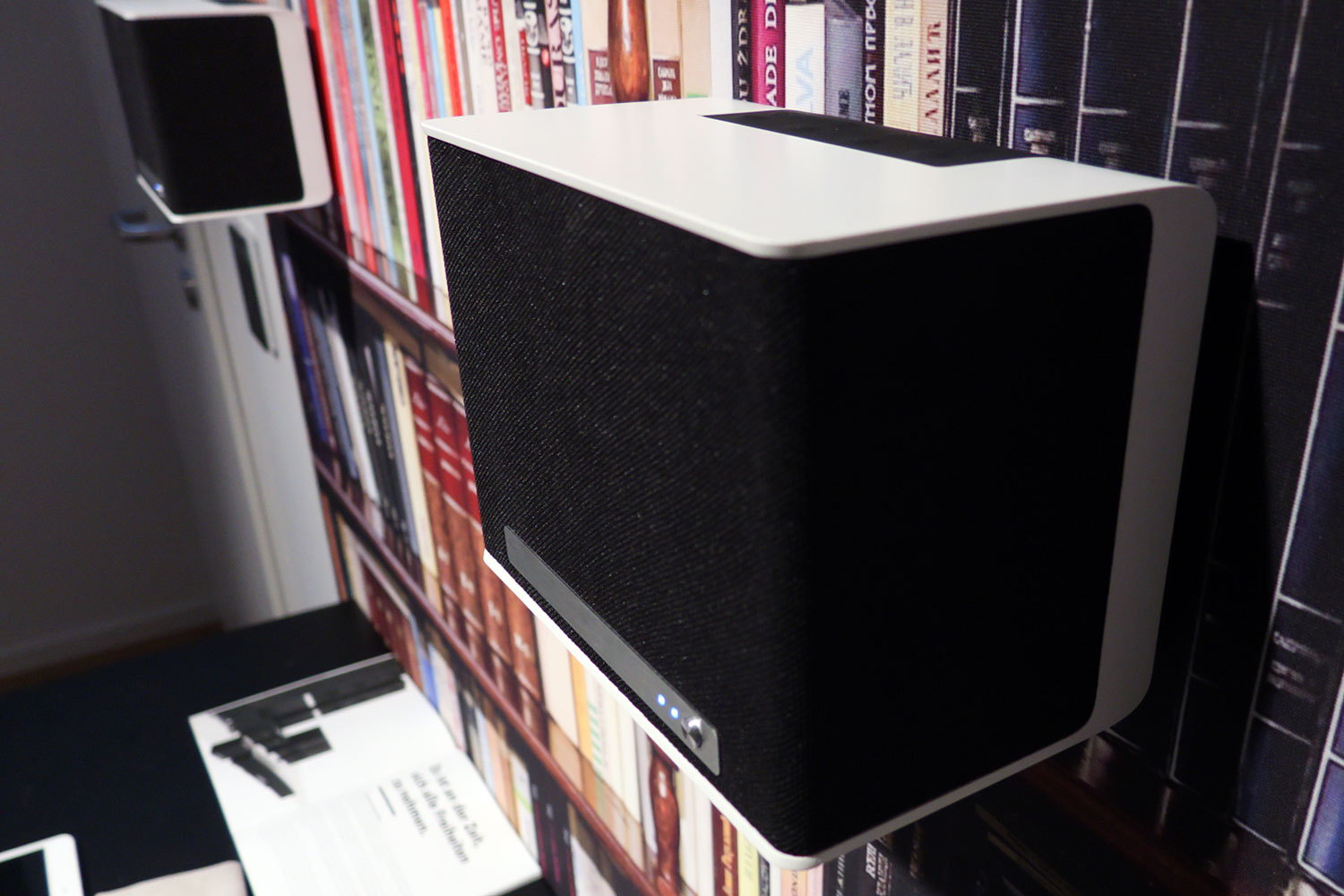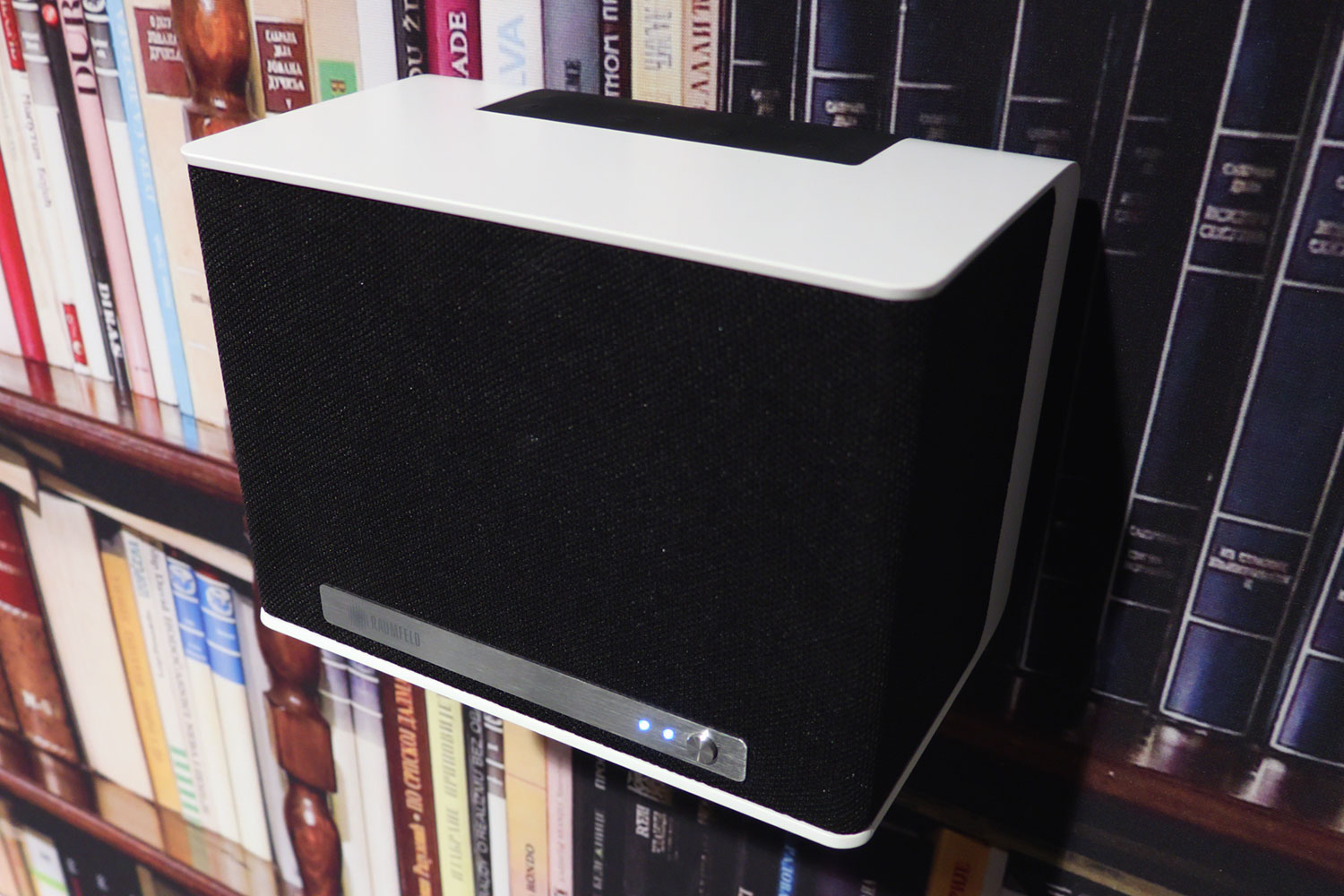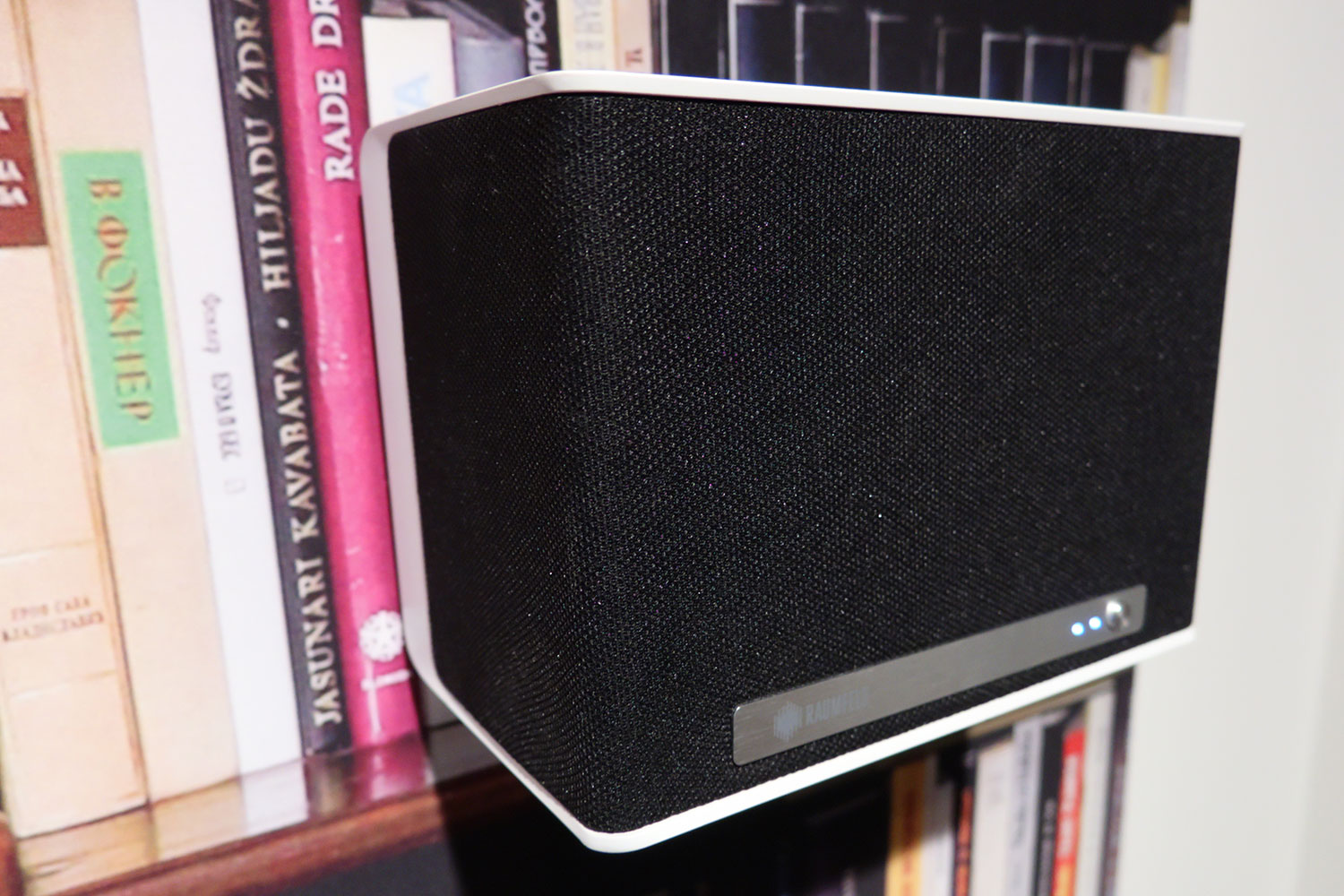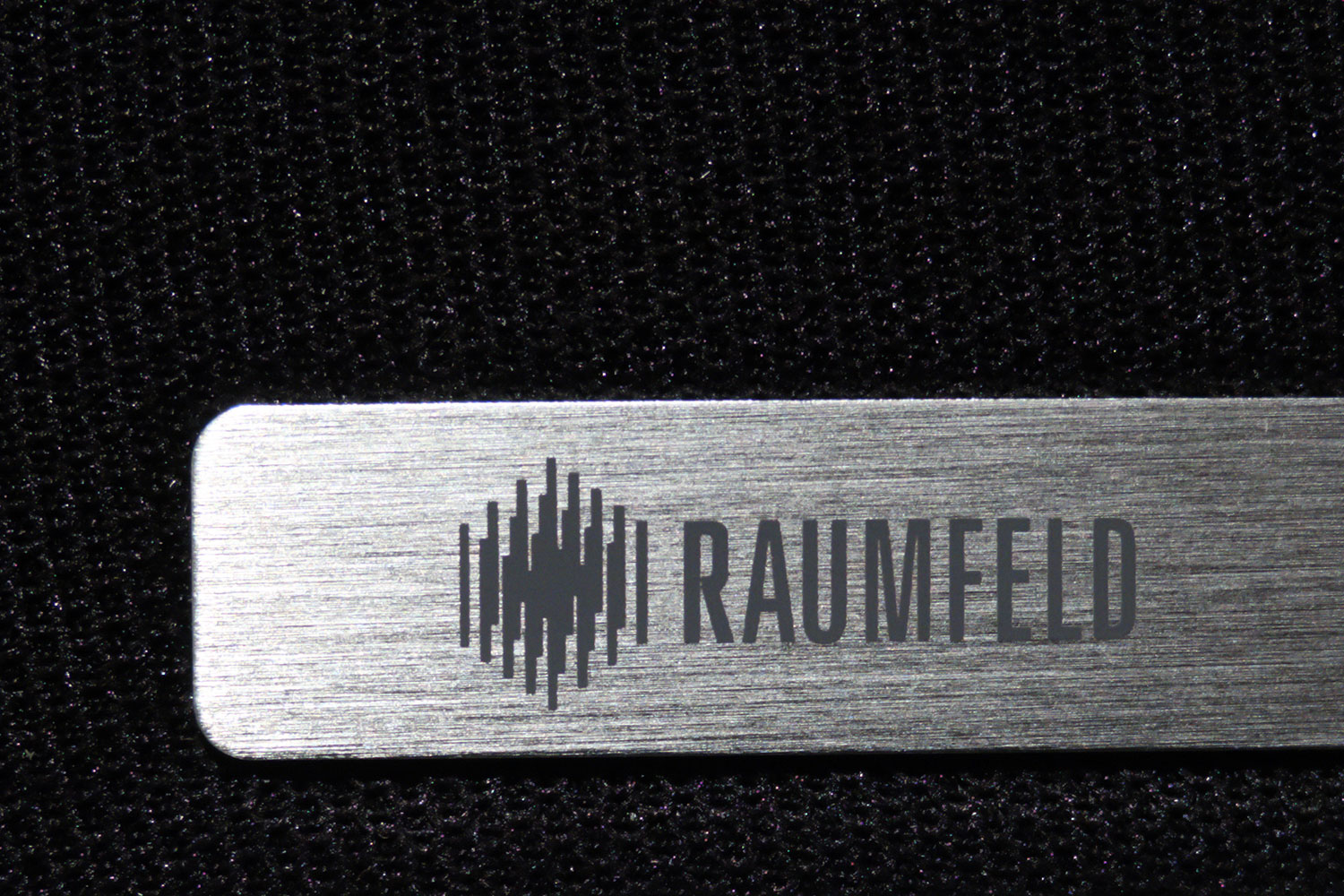
A division of the high-end German audio outfit Teufel, Raumfeld was developed as a new speaker line aimed at German audio enthusiasts who wanted all the benefits of wireless whole-home audio, without giving up on the sound quality they got from their conventional wired speakers and outboard amplifiers. We got a chance to check out Raumfeld’s entire line while in Berlin for IFA 2015, and we walked away very impressed — so much so that we wanted to introduce our readers to the brand ahead of their U.S. debut at CES 2016.
The first thing you need to know about Raumfeld is that its products aren’t chasing after Sonos like so many other brands. It’s true that Raumfeld does make some single-box speaker solutions, but that’s not the company’s focus. Rather, Raumfeld is about delivering high-end stereo audio from a wide array of speaker options, as well as some recent additions to its line that appeal to home-theater enthusiasts.
Like many other wireless speaker systems, Raumfeld’s wares work over Wi-Fi for better range and less latency. Raumfeld’s app for smartphones and tablets runs the entire system and organizes all music from any source. For instance, suppose you have music in an iTunes library, a Spotify offline playlist, and a thumb drive plugged into one of your Raumfeld speakers: Raumfeld’s app pulls it all together and puts it at your fingertips, able to send any song to any speaker or all speakers at once.
The app also allows extremely easy control over which speakers in the home are active, and how loud they are. And since they all work over Wi-Fi, they play in concert, so there are no delays. You can walk from one room to the next and hear the same song or podcast in perfect synchrony.
What makes Raumfeld’s speakers truly stand out, however, is how they sound. They are designed to satisfy the extremely picky tastes of audio enthusiasts without the outrageously high price tags that often come with high-end speakers. Outside of just one model, all of Raumfeld’s speakers can be used as a stereo pair, allowing for excellent stereo spacing, soundtage, and imaging. And unlike other wireless multi-room speaker systems, Raumfeld makes large monitor and tower speakers for those that crave a robust, live sound that just can’t be attained from smaller speakers.
Of course, as is the case with any high-quality speaker, you’ll want to hear Raumfeld’s products before you decide if they’re right for you, and Raumfeld makes that extremely easy. As a direct-to-consumer brand, Raumfeld offers a free eight-week in-home trial period. That means the speakers ship at no additional cost, you live with them for up to two months, and if you decide they aren’t right for you, you return them with no shipping costs involved and get a full refund. Seriously, it’s a no-brainer.
Frankly, the U.S. doesn’t really have anything exactly like this yet, and that’s why we think Raumfeld is going to receive a warm reception in the U.S. Check out our video to see the entire series of products, and let us know what you think in the comments!
